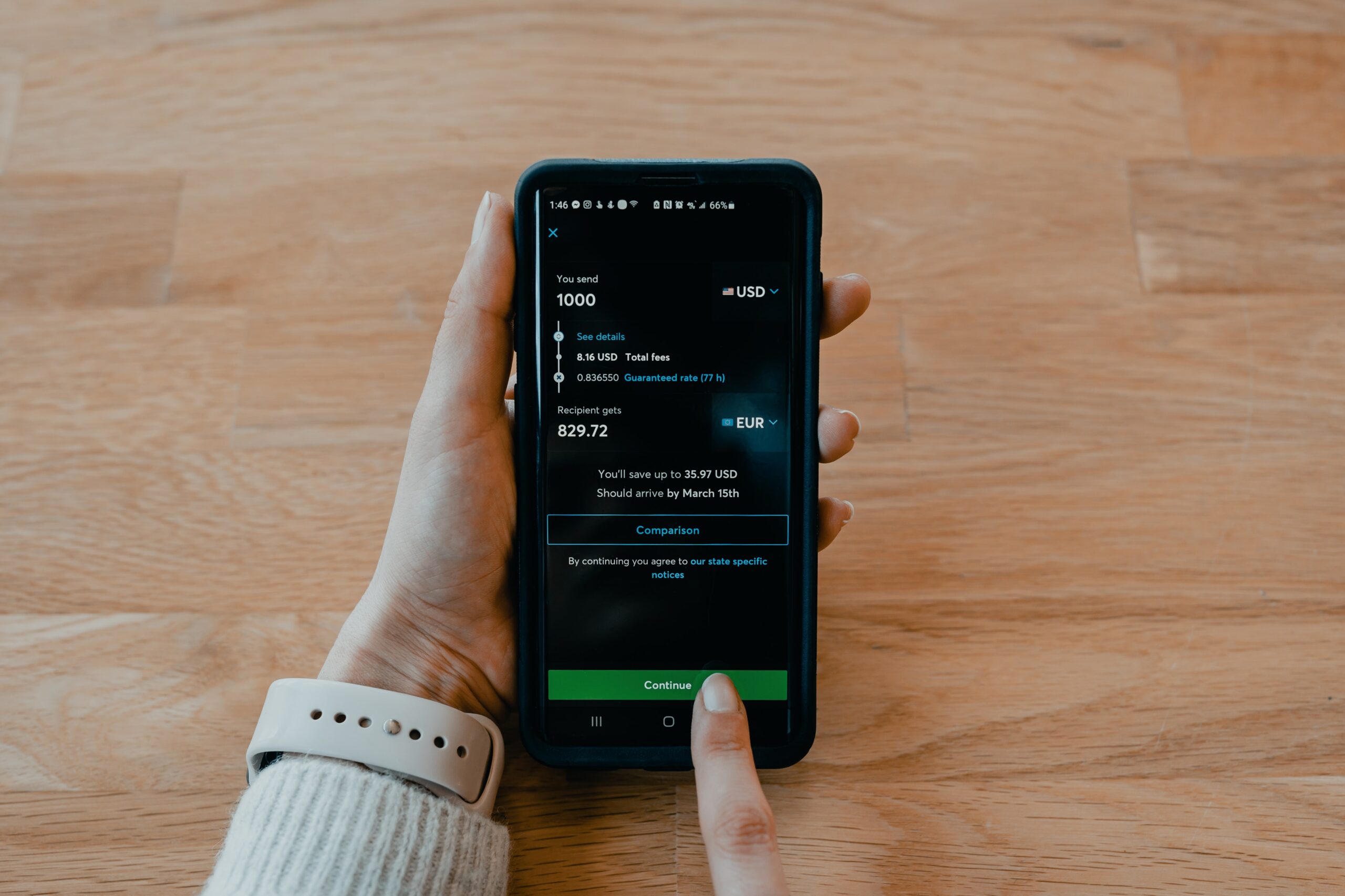 Financial Services
Financial Services
- Insights
- Financial Services
- Article
How Can Banks Be Exporters’ Best Friends in Eliminating Payment Risks?

Is your bank missing out on a massive opportunity to serve exporters? Despite serious payment risks that can threaten financial stability and growth, many Turkish exporters continue to cling to the risky cash-against-goods model. Banks have a unique opportunity to become exporter’s trusted allies by making trade finance payment services more accessible and understandable:
- Learn why 70% of Turkish exporters rely on risky payment methods instead of secure banking instruments
- Understand the key barriers preventing SMEs from utilizing trade finance services
- Discover actionable strategies banks can implement to make trade finance more accessible, transparent, and profitable for themselves and their clients.
70% of the exports in Turkey are conducted via a very risky payment method: cash against goods [1]. This means banks have massive potential to increase their client reach in an untapped pool of consumers. By making their trade finance payment services more accessible and understandable, banks can potentially increase their client portfolio by more than 70%, increasing customer satisfaction and loyalty while doing so. Following this expansion of their customer base, banks can increase their cross-sells for increased revenue generation.
The Pros and Cons of Trade Finance Payment Instruments
Banking trade finance payment instruments, such as letters of credit and cash against documents, save both the exporter and the importer from the risk of not getting paid or receiving the desired product. Additionally, these payment methods can be sources for loan instruments that are lower in cost for the client than other commercial loans.
On the other hand, using these instruments to their full effect is often too complicated and requires unique expertise in trade finance. This is especially true for SMEs working on already narrow margins, which may not have the extra personnel or time to spend on understanding a banking service’s unique circumstances. On the bank’s side, these instruments also need complicated and niche procedures, and it is not possible to staff knowledgeable personnel in each branch. Nor are fast online application channels always present.
Why Do Exporters Avoid Trade Finance Payment Instruments?
Besides ingrained trade habits and “the way things are always done,” there are two main reasons that trade finance payment instruments may be out of reach to exporters:
They Don’t Know the Product
Trade finance departments at banks are one of the most complicated departments to operate, with detailed procedures and high exceptions. There are multiple complex product options to choose from, each with different costs and covering different risks.
Products such as letters of credit and cash against documents have a range of optional services. Those services should be selected based on the specific trade case’s circumstances and the client’s risk appetite. Clients need to understand the cost they will pay versus the risk of being eliminated.
The channels for getting this information, and even to apply for the product in the first place, are usually not advanced nor transparent. Clients often cannot find detailed information online. It can be just as hard for SMEs to reach knowledgeable personnel online or at bank branches.
This is one of the key reasons potential clients choose not to use trade finance payment instruments. As they cannot spend days trying to understand a valuable tool for their case, and they usually don’t have the extra personnel to do so, they continue with the risky methods that they are at least familiar with.
They Lack Visibility into the Trade Finance Instrument Journey
The total cost of trade finance payment products is usually unclear to potential clients. The commissions are often not stated upfront by the banks. These commissions, in fact, typically change based on the client and chosen optional services. Also, these commissions can vary over the long lifespan of trades.
Due to these factors, it is understandably hard for banks to share a definitive list of commissions. Nevertheless, this lack of transparent commission pricing means that clients cannot properly evaluate the cost of the financial product, with too many possible costs based on potential options.
Remember, the clients need support for the trade agreement terms of trade finance payment products. They may feel insecure about the possible risks and circumstances of such agreements. This lack of clarity on the processes involved frequently creates rumors that these new payment methods cause the exporter to be paid less, deterring these nervous clients from using these services at all.
Solutions to Attract More Clients to Trade Finance Services Payment Instruments
Exporters, especially SMEs, need to operate fast and efficiently in this competitive world, and banks must provide their clients with fast and efficient services to match. To better foster a culture of using these financial instruments, banks should consider introducing knowledgeable helplines, support systems, call centers specializing in trade finance instruments, and simplified access to consultants to soothe customer worries and promote a better product understanding. This addresses both of the key concerns above.
Firstly, banks need to help their clients better understand their options for using trade finance instruments, and that they are an option in the first place. They can achieve this by introducing easy-to-use channels to expand the client reach of these instruments and make them more user-friendly and transparent. Banks can use chatbots and questionnaire tools to further promote trade finance payment methods and direct their clients to the right products and options.
Additionally, clients need expert consultancy about the best product for their case and to form a proper agreement where they understand all terms, conditions, and potential commissions. Based on the product and service selection, the bank should then present a total commission cost list and the terms for possible commission changes clearly and factually, without finance sector jargon or difficult-to-understand terms. Exporters must be clearly informed about the time, amount of payment, and possible payment cuts based on these agreements, so they can make the right decisions.
Revolutionize Your Trade Finance Offerings with DefineX
Trade finance is a challenging journey. To increase the usage of trade finance services and benefit from the boosts to revenue, customer satisfaction, and loyalty that follow, banks must become one of the most significant supporters of their clients’ journey. It is imperative to show them how these instruments can help them eliminate risk while saving time and money.
For banks looking to offer their clients a better way to finance exports, DefineX is ready to help. With deep expertise in trade financial services, DefineX is prepared to support banks and their clients in a better customer journey.
Resources:
[1] Turkstat, Statistical Tables – Export by Type of Payment, https://data.tuik.gov.tr/Bulten/DownloadIstatistikselTablo?p=djnxzqqXYCO01fiAS0qT0LpFWPGaKIdAtfQTRkV3g02F4crPeJP45iD3lkPFrGM2

Explore deep-dive content to help you stay informed and up to date
 Financial Services
Financial Services


